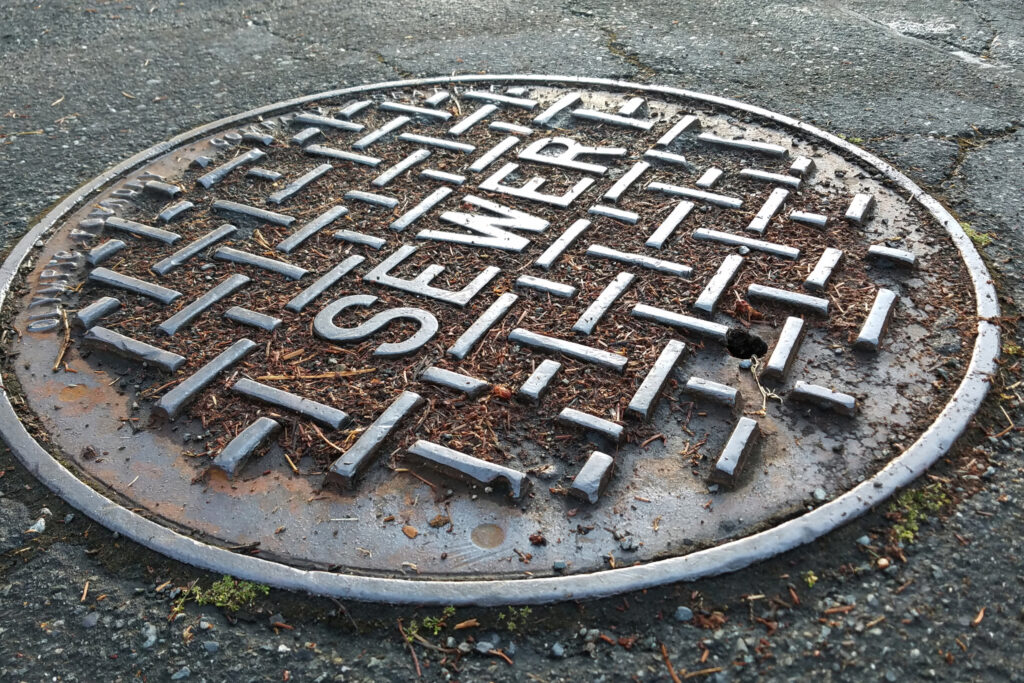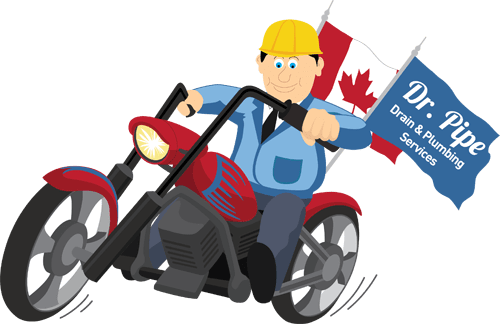Give us a call today: 416 663 4777 for a free upfront estimate!

Most people have no idea how the Toronto sewer systems work and do not really care until they need sewer lines repair. If you do want to know how the sewer system works, the process itself is actually relatively simple. Like most plumbing systems, the sewer works mostly by gravity. This is going to provide you with a quick overview.
How the System in Toronto Works
A sewer system in Toronto and the surrounding area is not going to be different from a sewer system that you can find throughout Canada. When you flush your toilet, the waste leaves the house through the drain-waste-vent system. After that, it goes through the main drain of the home and into a main sewer line. The sewer line is not just serving your home, it can serve a number of different homes. Some of these lines are large enough to where a maintenance crew is able to stand in them.
How it Works
The primary function of the sewer system is completed through gravity. This means that the sewer line that goes towards a sewage treatment plant is sloped. In some areas, it can be difficult to keep the sewage flowing downhill. If this is the case, it is assisted with a pump or a lift station.
The pipes continue growing larger and larger until it finally reaches the sewage treatment plant. Upon reaching the plant, the water that comes from the Toronto sewer systems goes through as many as three treatments. The primary treatment makes sure that the scum rises to the top of the water and the solids precipitate out of the water. This is not unlike how a private septic system works.
Some sewage treatment plants only have this particular treatment, the remaining water has any remaining pathogens killed by adding chlorine. After that, the water is discharged.
The secondary treatment often includes the use of bacteria to get rid of organic matter. The water goes to a settling tank where the bacteria are allowed to pass out of the water. A third stage might involve chemicals that are going to remove any remaining phosphorous and nitrogen from the water. This leads to additional filtration, the water being chlorinated, and finally discharged.
A sewage treatment plant is also going to check the water’s suspended solids, dissolved oxygen, biochemical oxygen demand, and pH value. The chlorine is filtered out, as is any additional nitrogen and phosphorous.
Give us a call today: 416 663 4777 for a free upfront estimate!




